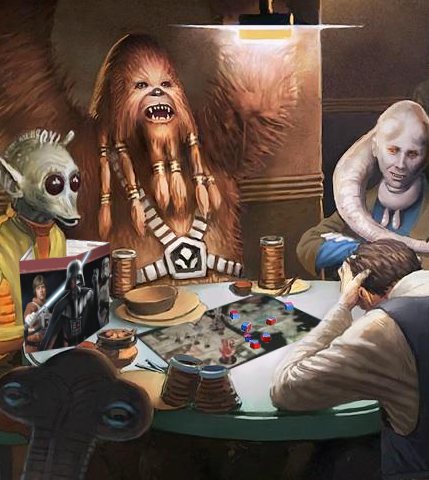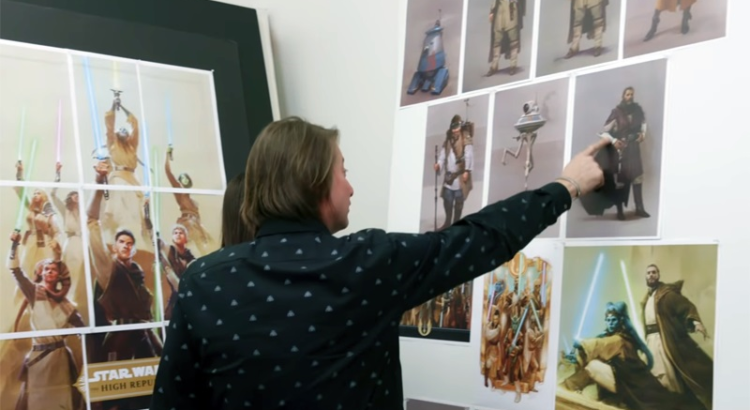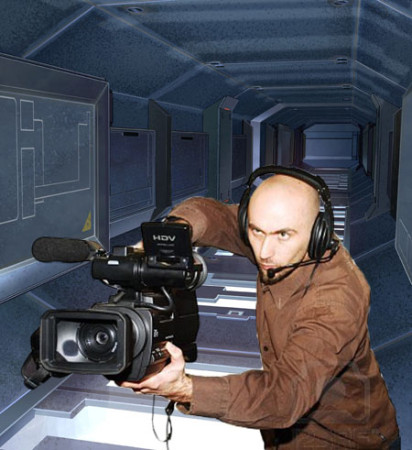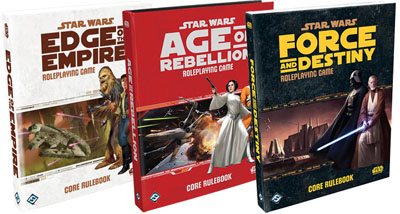
Hey, space adventurers!
Hm, no, that doesn’t sound right. Let’s try this again.
Hello and welcome to the last entry in The Force Does Not Throw Dice, my extremely inconsistent ETE series about roleplaying in the Galaxy Far, Far Away! We’ve had a long run, and even if that run was primarily nothing but empty space, I hope this little corner gave you some food for thought. I hope it helped you decide to jump into the wonderful world of tabletop roleplaying or, if you were already part of it, that it gave you a few useful ideas.
So what’s this final entry going to be about? Something very appropriate as this website approaches the end of its life. Today, we will discuss how to gracefully end the campaign you’ve been running for the last months or years. Fasten your seatbelts, my dears. We are going in.
Actually getting to that grand finale
As it’s tradition, here’s a confession: I’ve had really, really bad experiences finishing campaigns. I’ve run long games that have fizzled out in the last two or three adventures and never reached the final one. It’s very frustrating, and you don’t want that to happen to you. Why did it happen to me? Well, I’ve done a lot of thinking on this and realized that I took for granted that my players were looking forward to the excitement of the grand finale, to the point that I assumed they were in for the whole ride and forgot to maintain the momentum.
So you should make sure you keep your people invested in the campaign as you start wrapping things up. Remember that they can’t see behind the screen, and even if you know the finale is close, they don’t necessarily feel it. So keep providing them with new challenges and meaningful character development. Remember that Breaking Bad‘s most-loved episode was not the last one but the third-to-last, “Ozymandias”.
Read More

 Hello and welcome once again to The Force Does Not Throw Dice, our feature devoted to running tabletop roleplaying games in the galaxy far, far away. This time we are going to be talking about that exciting point in the life of a Star Wars RPG Game Master where they decide to bite the bullet and start their own campaign. “What’s a campaign”, neophytes ask? Well, to use a television example, if an episode is an adventure, the campaign is the whole TV series. Unsurprisingly, most GMs would eventually prefer to create a series rather than one individual episode, so we all end up at that point in due time.
Hello and welcome once again to The Force Does Not Throw Dice, our feature devoted to running tabletop roleplaying games in the galaxy far, far away. This time we are going to be talking about that exciting point in the life of a Star Wars RPG Game Master where they decide to bite the bullet and start their own campaign. “What’s a campaign”, neophytes ask? Well, to use a television example, if an episode is an adventure, the campaign is the whole TV series. Unsurprisingly, most GMs would eventually prefer to create a series rather than one individual episode, so we all end up at that point in due time.
